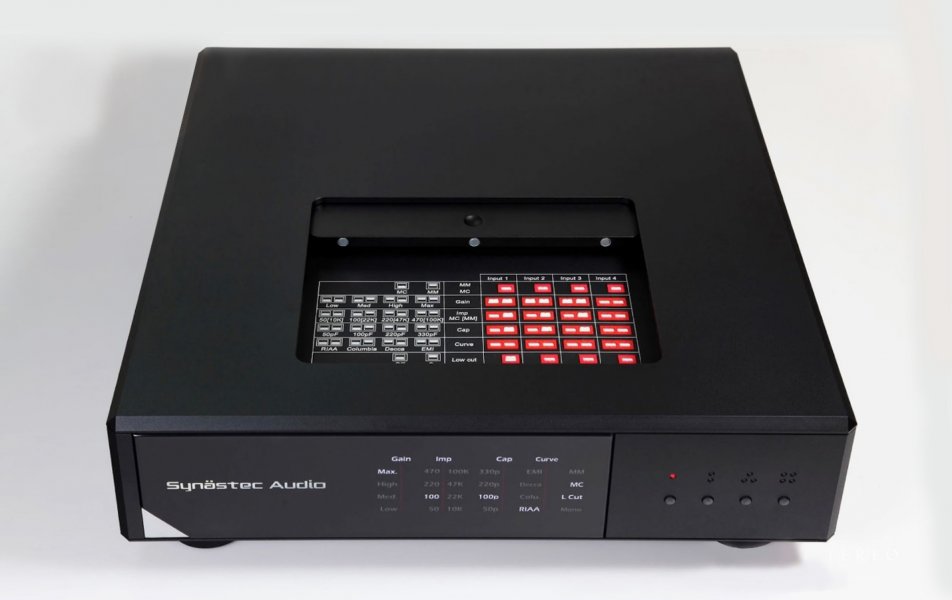A Tale of Three Phono Stages
The Destination Audio Reference WE 417A Phono, the Synästec Igniculus and the Trafomatic Collins
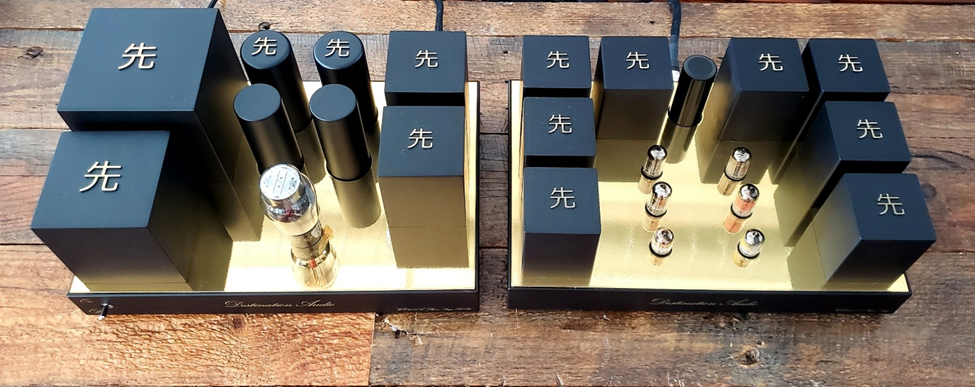
(The Destination Audio WE 417A Phono Stage)
In the world of audio engineering, it could be argued that the phono stage presents the greatest challenge to the engineer. While a traditional preamp can require an amplification factor of about 10, a phono preamp can be well over 100,000. What do you get for your hard work? A component that by its sheer magnitude of amplification will show absolutely every flaw, even the thought of a flaw, for all the world to hear. How many times have you sat to hear a DHT phono stage whose bloom and space was stomped on by their concomitant noise.
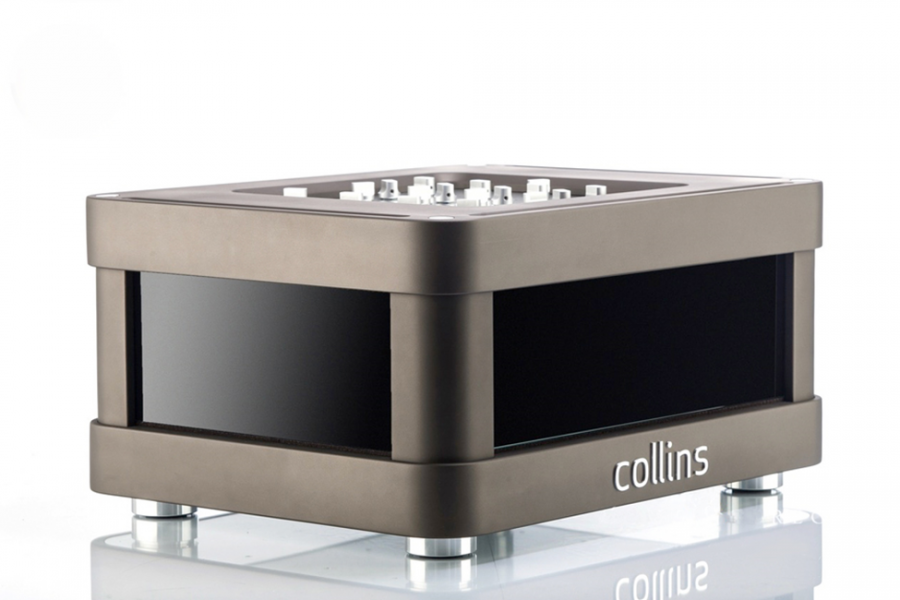
What we’re featuring today are 3 phono stages each with their own unique circuit design and pedigree. To my ears, any of them could be my last. One unit is single ended and tubed based, another fully balanced and tubed based, another still is solid state albeit a balanced octal solid state. Both balanced units can manage 4 different cartridges with their own specific cartridge loading and capacitance…so excellent choices for the archivist or analog committed audiophile.
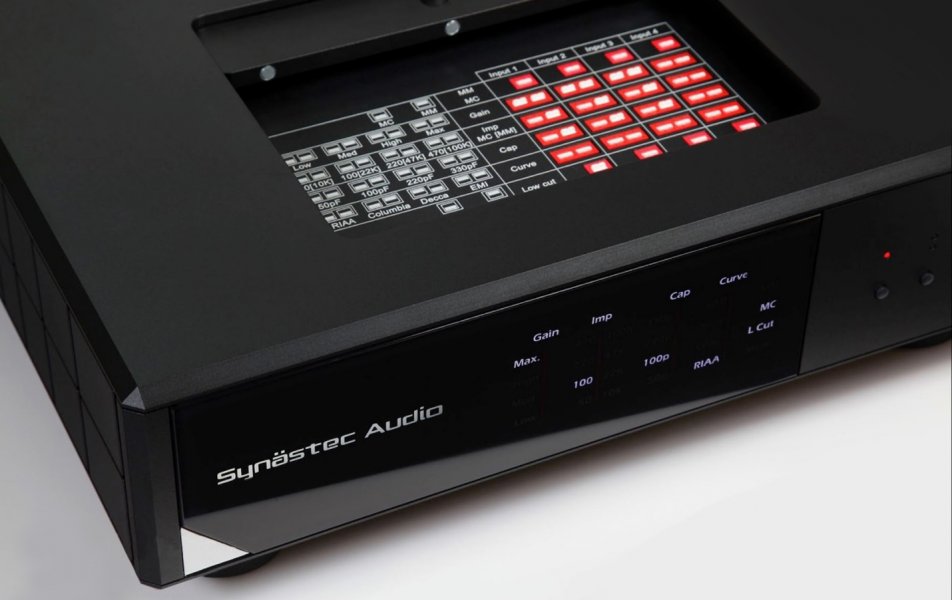
Synästec Igniculus
If you wish to adjust for the correct RIAA curve beyond the standard, you may opt for the Synästec Igniculus. As Synästec’s site attests, ‘In addition to the standard RIAA EQ curve, the Igniculus offers three additional EQ curves for compatibility with record labels released before RIAA standardization, such as Columbia's "Six Eye", Decca/London's "FFRR". and the vintage EMI. The original sound of these historic record companies can be brought back to life by using the appropriate EQ curve.’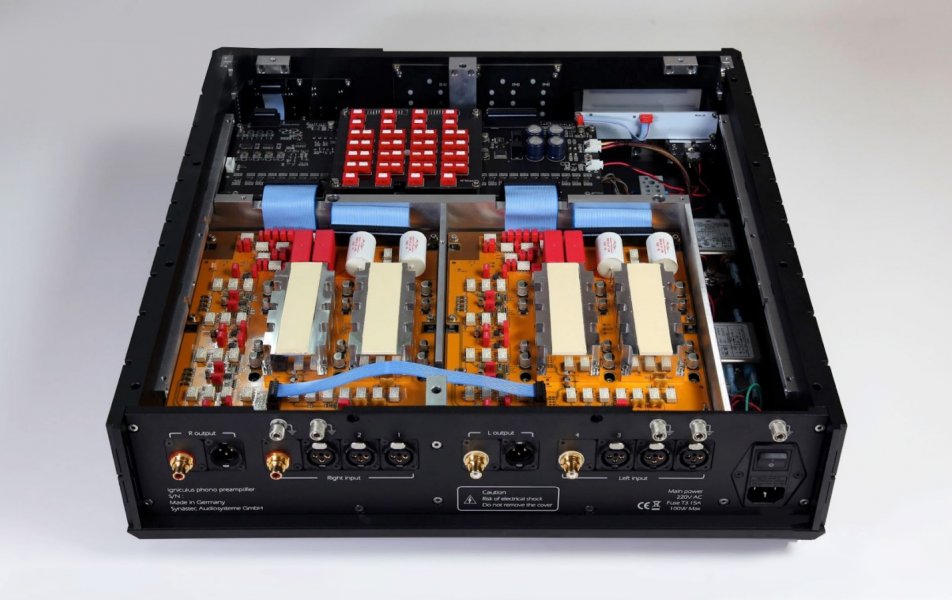
The Igniculus has the distinction of being the quietest phono stage we have ever measured. (It should be pointed out that all of the phono stages presented today, have self noise factors below our ability to hear them.) The degree to which it stages and appears real, is only limited by the associated equipment. Of course implementing the octal circuit from jump to speakers is something truly special. We’ll have a sneak peak of a never before heard model of loudspeaker from Audionec this July which will benefit from the fully octal solid state amplification of Synästec.

Trafomatic Collins
The Trafomatic Collins phono stage was named for Arthur Collins, an American who held more patents than sharks have teeth. His brilliant work in transconductance, many radio, military and aviation electronics made this circuit possible.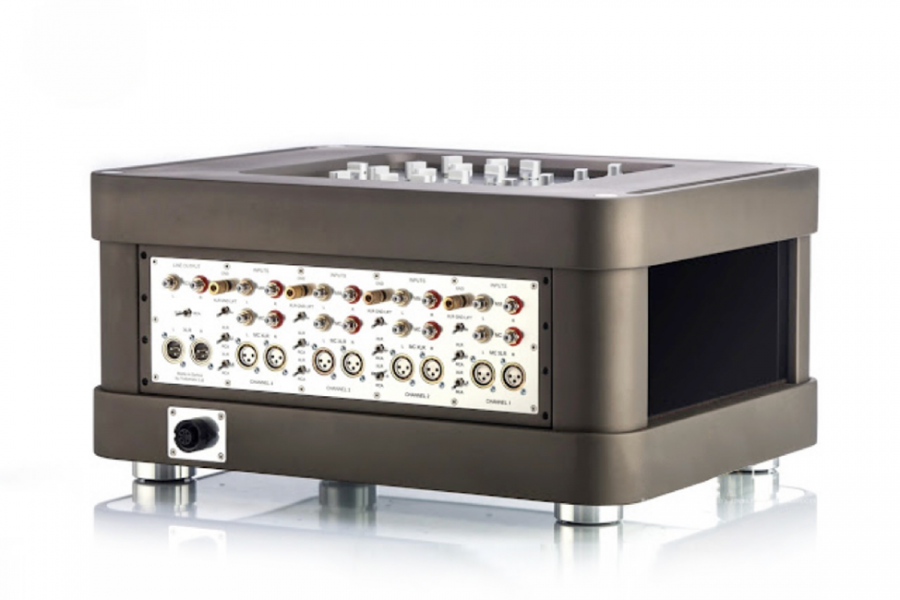
The Collins is a special order phono stage, so you won’t find much about it on the net. Suffice it to say, that along with the Tara 30A preamplifier, we find it to be at the pinnacle of tube amplification. The transformers are all custom, the tube stages completely isolated by their own suspended boards. It uses an LCR RIAA solution and two c3g-s tube per channel in triode mode. There are a total of 4 custom interstage transformers and a custom line-level output transformers.
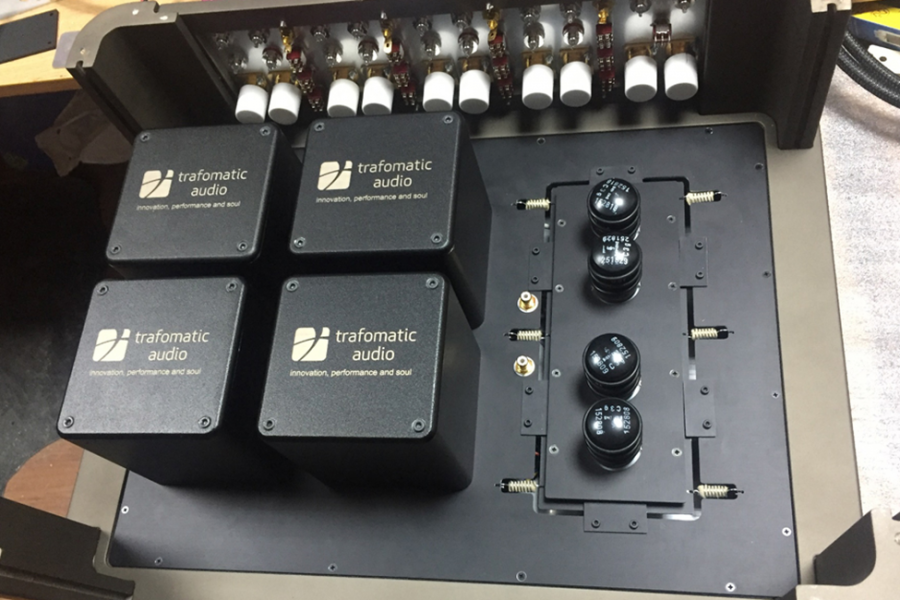
Destination Audio WE417A phono stage
Lastly the Destination Audio WE417A phono stage is a re-invention of what’s best in a single ended tubed phono stage.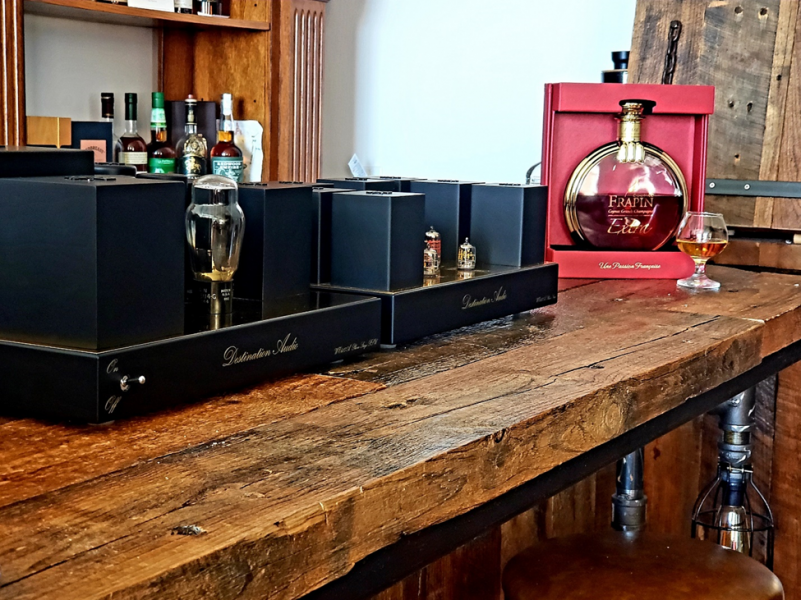
It sports the best iron possible. There is LCR RIAA correction and amorphous interstage transformers. With that combination and moreover, the meticulous matching of every component and wire, we are gifted with one of the most gorgeous sounding phono stages to date. The SUT’s at the circuits end are themselves works of art. Do you like tubes and horns? Do you favor a single ended system? You could do no better.
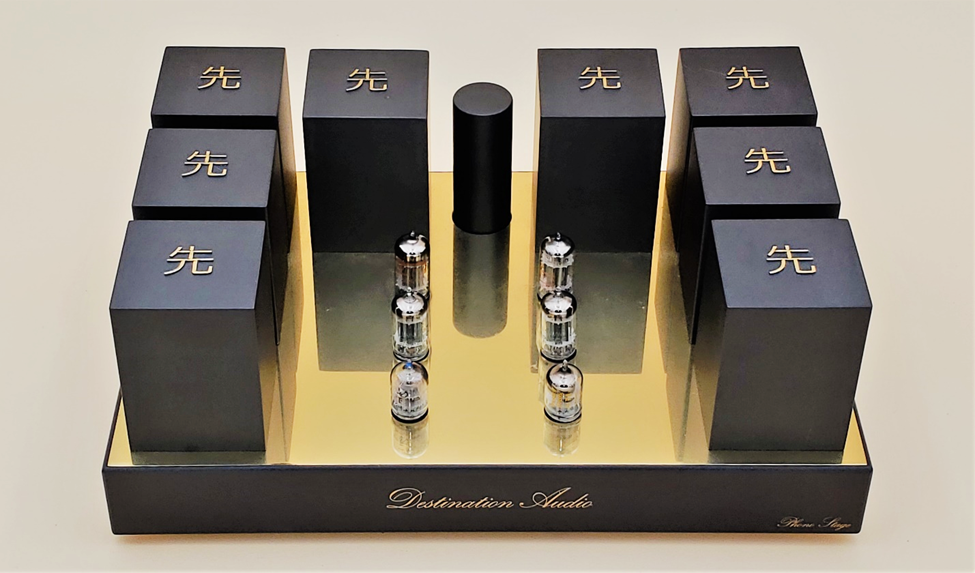
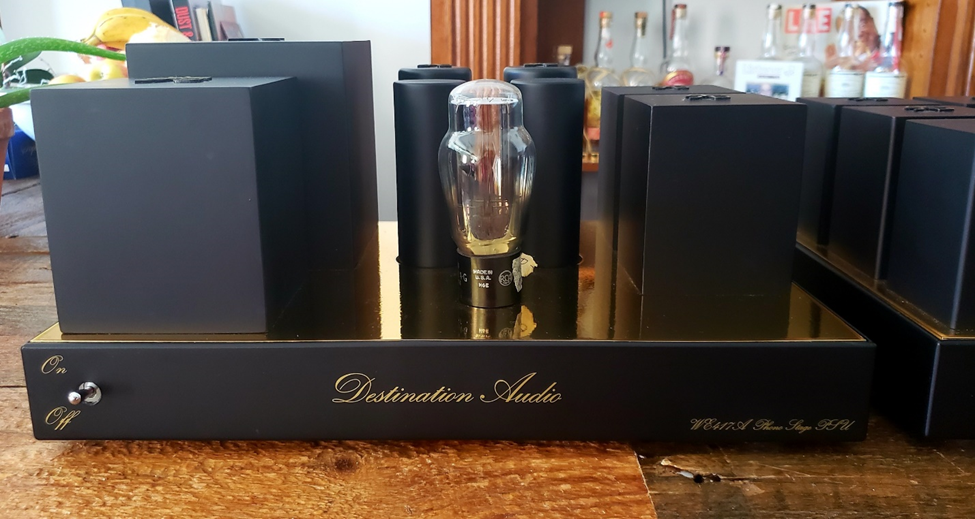
There you are…three ‘new’ phono stages for your consideration. Depending upon the synergy and topology of your current system, we feel that these analog giants offer an inspiring solution for spinning tip top vinyl.
Attachments
Last edited by a moderator:








